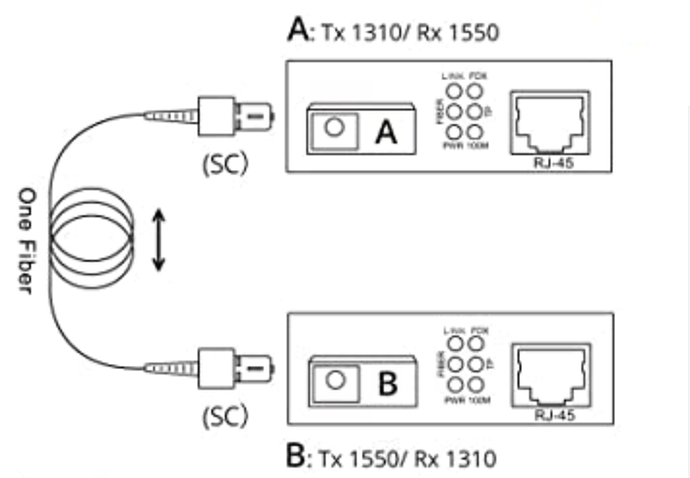I have been comparing the Linux version with the Mac version.
Network setup
The Mac version is running on a general purpose MacBook Pro with M1Pro processor. This MacBook is used as a daily workhorse and is connected through WiFi.
The Linux version is running on a Raspberry Pi 4, with 2Gb memory (I had this Pi in a box in the cupboard, it is for doing experiments).
Since Audirvana makes a point of suppressing processes, giving priority to CPU and Audirvana when running it on Mac or Windows, I have been searching for a stripped down version of Linux with APT or RPM support. I am not a Linux guru in any way, so it has to be within my skillset. After some poking around on the internet, I landed on DietPi OS. I chose this one, because the company Allo, known for the audio HAT’s for Raspberry Pi, turning Pi’s into audio devices, uses DietPi as well.
The Pi is connected through ethernet to a DLink GS108 switch. The switch is powered by an LHY power supply and the Naim streamer is connected through ethernet to that DLink as well. A Wifi Netgear Orbi satellite is connected with ethernet to that DLink switch as well.
Local audio files are located on a Synology NAS located somewhere else in the network at home. The NAS is mounted as a drive on both the MacBook and on the Pi.
Power
The Pi is powered by an iFi iPower2 power supply. Compared to a standard 5V power supply a very audible addition in a positive way.
The MacBook Pro runs on its internal battery most of the time, but I don’t hear a difference if I hook the MacBook Pro to an USB C PD cable to recharge the battery.
Comparing
At first I thought the MacBook had more tone depth, more depth in the stereo image and oomph , but after extensive comparisons I figured out this impression is caused by a different focus of the stereo image and a bass reproduction that is less controlled.
The Pi wins hands down. The bass is much more controlled, runs deeper and has more texture, and as a result the presentation of the soundstage is quite different. It is more spacious, but also less mid-centred, which gives an impression of less depth as compared to the MacBook Pro reproduction.
Because the bass is much more controlled, the midrange gets more texture as well. Since the placement of instruments and voices is even more firmly put on their spot in the wider stereo image, it is easier to listen ‘between the instruments’. Especially noticeable with classical music.
The highs feel more extended, but maybe because the Linux version opens up the highs because it has the larger soundstage and more room to let the music breath. As a result, it feels lighter and with less oomph than the MacBook. But again, you hear more.
Having a more mid centred and focused stereo image has its advantages. It is one of the reasons I still play CDs a lot, it gives you a more organic feel to the music.
But if I have to weigh the differences between the MacBook version and the Linux version, the overall grip of the Linux version in this setup makes for longer and more relaxed listening sessions.
How to read this
Just a small word of warning: I have been listening for longe times, comparing a lot. I think if you walk into the room and you are being asked on the spot ‘what’s playing now, the Linux version or the Mac version?’ I wouldn’t be able to tell them apart. If I did not have the luxury of the comparing, I wouldn’t think I would miss out with either version.
In the end, I’m glad I can have a dedicated, cheap, energy efficient solution to have a dedicated streamer, just an app to start and stop music for everyone in the household and enjoy all the music from one app. Well worth the money!
Next
Curiosity will drive me to compare a small NUC to a Raspberry Pi using the same OS, just to find out if computational power makes an audible difference.
Furthermore, I can play around with some upscale power supplies, to see if that makes a difference. I expect it will, from experience I know that power supply makes much of a difference to streamers. The question is where the limitations of the Pi are, since it is a general purpose cheap design.
![]()
![]()
![]()
![]()
![]()

